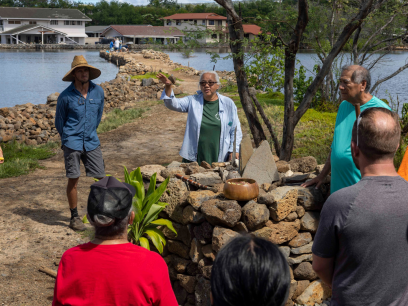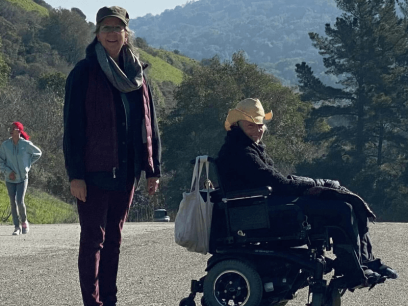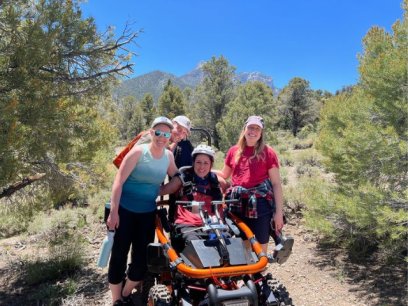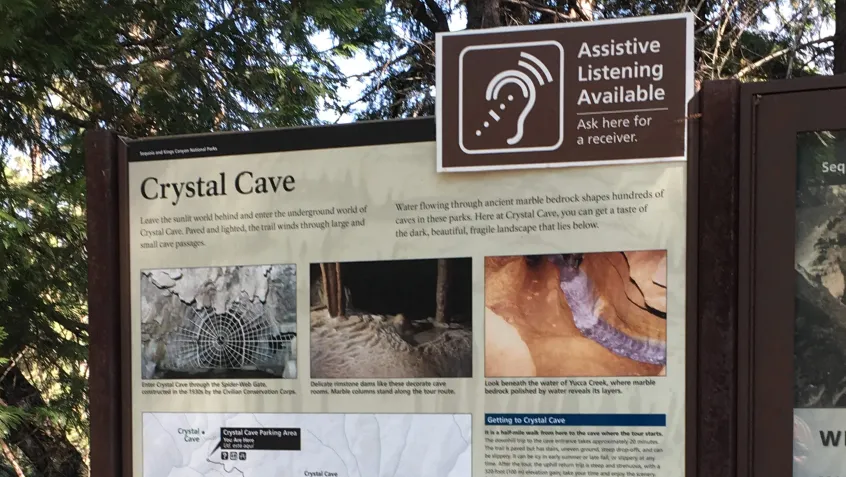
“It was heartbreaking not being able to provide an experience where visitors felt welcome at Crystal Cave,” said Katie Wightman, Field Institute Director of the Sequoia Parks Conservancy (SPC), when reflecting on her motivation to make one of Sequoia National Park's busiest attractions a better experience for the deaf and hard-of-hearing.
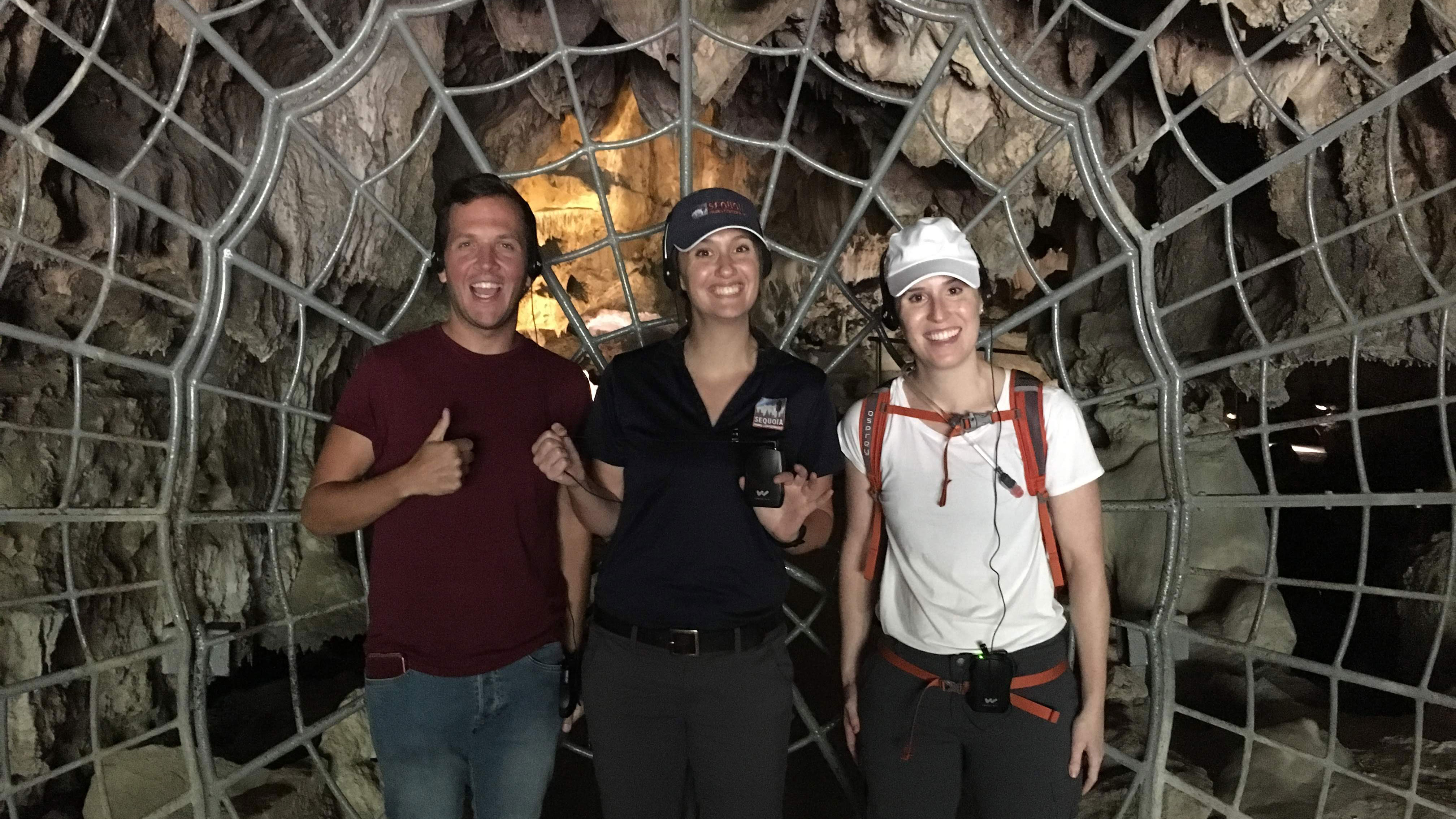
Though famous for its towering trees, Sequoia National Park has over 300 caves below its surface and only one, the Crystal Cave, is open to the public. With its striking cave formations, colorful minerals, and polished marble stream, the cave sees over 51,000 visitors a year*, exclusively through guided tours.
Cave tours present a unique set of challenges for visitors, including tight spaces and delicate, untouchable surfaces. However, the low lighting and acoustic echoes are especially tough for deaf or hard-of-hearing visitors. “Hearing one voice in a group of 50 can be difficult for anyone, let alone for someone who is hard of hearing” said Wightman. “For our deaf visitors, we were only able to print out tour scripts in English, and provide extra flashlights, trying to accommodate the best we could, but it was frustrating for everyone.”
Looking for a Solution
Wightman called on her twin sister, an eigth-grade teacher at a school with a deaf and hard-of-hearing program, to help her find a better solution. “We invited her class to come and tour the cave on a field trip,” said Wightman. After the tour, students, their interpreters (specialists who provide interpreting, translation, and transliteration services in American Sign Language- ASL) and teachers, gave Wightman feedback on ways to improve the tour.
“I knew if we could improve the tour for this language, which is one of the most difficult, we could potentially do it for any language,” said Wightman. She knew providing ASL interpreters in remote places can be difficult, so she wanted to provide the next best thing.
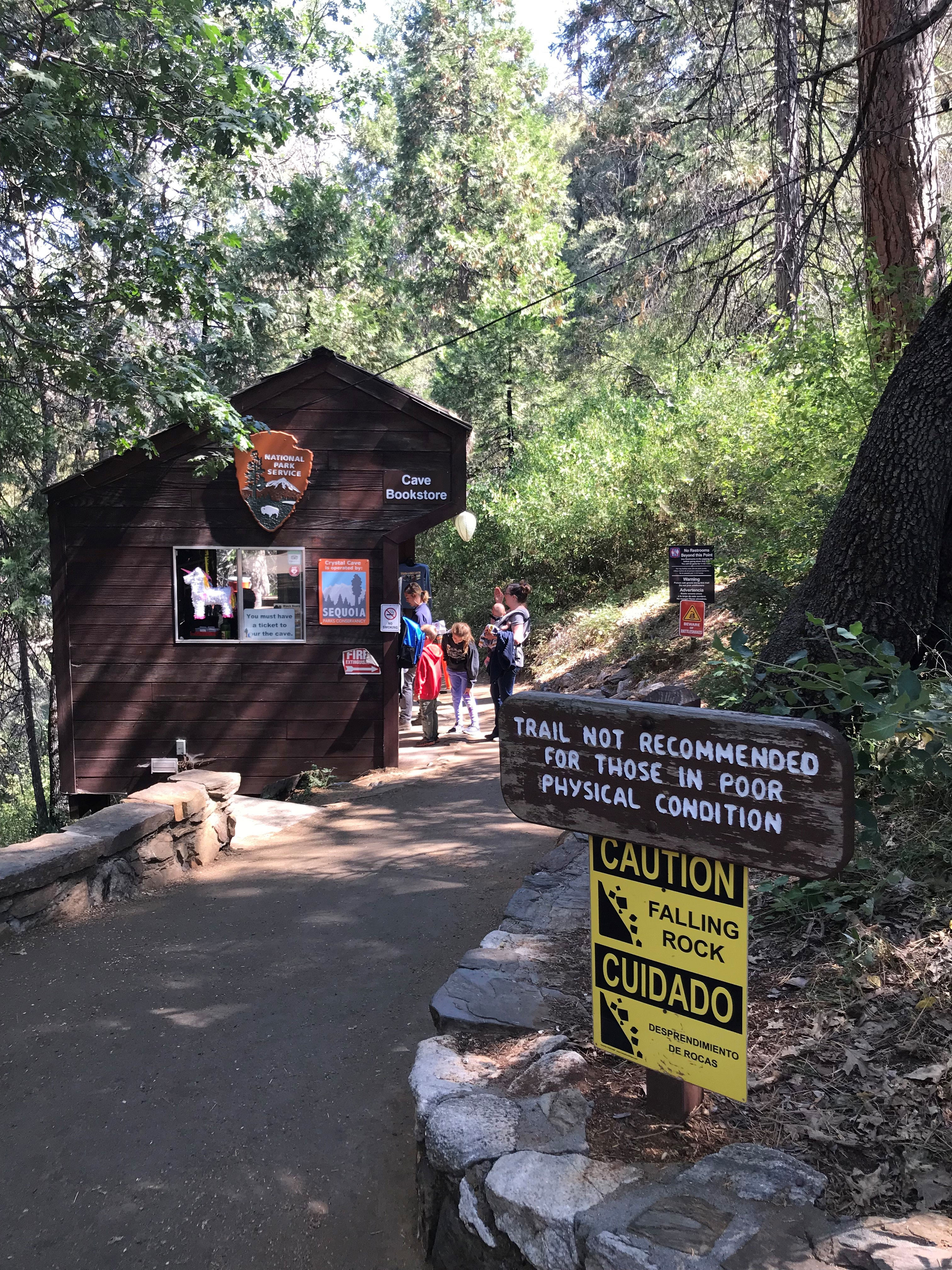
With help from the NEEF Centennial and Beyond grant, Wightman and her team were able to carry out their plan to improve the tour experience for both hard-of-hearing and deaf visitors.
For the hard of hearing, guides and visitors use Assisted Listening Devices (ALDs). The ALDs allow a guide's voice to be amplified and projected to the visitors' ALD units. To ensure the success of these devices, guides are required to use the ALDs during training sessions so they become familiar and comfortable with the equipment.
For the deaf community, SPC, with help from the National Park Service, created, translated, and filmed video tours of the cave in American Sign Language. The videos are pre-loaded onto tablets and taken along with visitors on the tour. The guides communicate which video to watch with numerical signs that correlate with the video numbers on the tablets. After filming, SPC invited another group of deaf students to tour Crystal Cave and give additional feedback on the videos and ASL Tour.
Success for Everyone
The project has proven successful for both SPC staff and visitors. “We've noticed an increase in hard of hearing visitors, and that more people have asked to use the devices,” said Colleen Bathe, Chief of Interpretation, Education, and Partnerships for the National Park Service, who worked with Wightman on the project.
The community is also grateful. “When we were filming, we had two deaf visitors who happened to be there,” said Wightman. “We were able to describe the project to them and they were so excited. They just kept on saying âthank you'.”
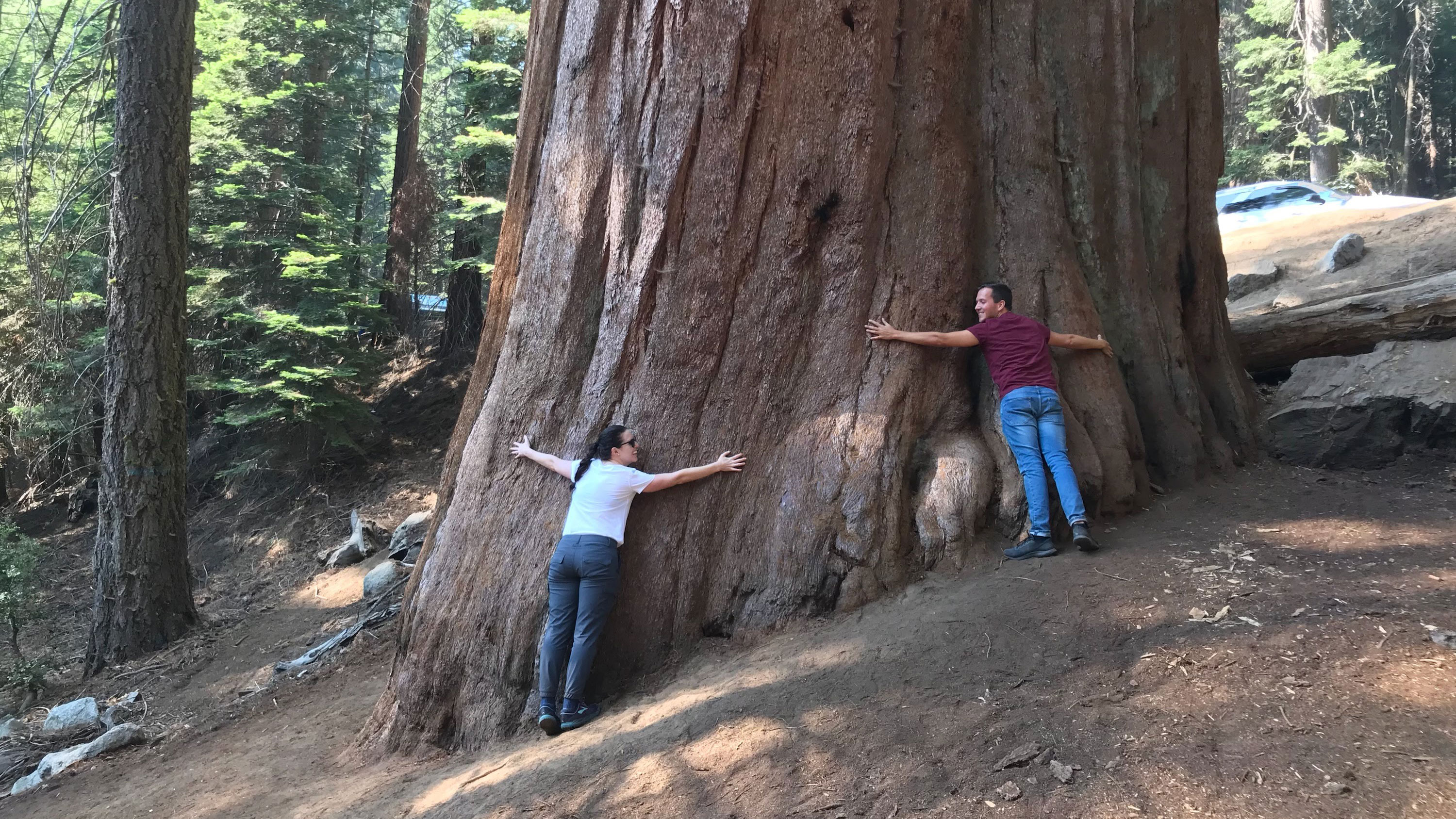
Sources:
* http://www.kaweahcommonwealth.com/news/crystal-cave-area-receive-upgrades
